Corporate Office
40W201 Wasco Road, Suite D
St. Charles, IL 60175
Phone: 630.587.0470
Fax: 630.587.0475
Wheaton Sanitary District – 2013 Facility Plan & Tertiary Filtration Study
In 2012 the Wheaton Sanitary District selected five engineering consultants to evaluate different unit processes throughout the wastewater treatment facility in order to determine the best fit consultant for future District projects. Trotter and Associates was tasked with the evaluation of the existing Tertiary Sand Filter process. This comprehensive evaluation included four alternatives: replacement of the process in kind (HydroClear Sand Filters), externally fed disc filters (Aquaerobics), internally fed disc filters (Krueger), or a deep-bed continuous backwash system. The analysis included interviews with all manufacturers, as well as development of conceptual designs and cost estimates for implementation. The final report included an analysis of capital costs, operational costs, and non-economic factors. The data was evaluated through a decision matrix, and the District ultimately selected the internally-fed disc filter alternative to be incorporated into future improvements.
Following the 2012 consultant trials, Trotter and Associates was the consultant selected to consolidate the findings from the 2012 evaluations to develop a Facility Plan Update and Capital Improvements Program. TAI worked closely with the District to prioritize the recommended improvements, develop a cash-flow analysis, and complete the Facility Plan in accordance with the Illinois EPA low-interest loan requirements. The Facility Plan was submitted in the fall of 2013 and has been approved by the Illinois EPA. This facility plan outlined the long-term objectives of the Wheaton Sanitary District, including implementation of a nutrient removal program plan. Future improvements to the District’s facility will include implementation of the Johannesburg process with sidestream treatment to meet effluent limits of 6-8 mg/L total nitrogen, and 1.0mg/L total phosphorus. Accommodations were also included to allow for construction of a full five-stage Bardenpho process to reach 3.0 mg/L total Nitrogen and 0.5 mg/L total phosphorus when regulations for each are imposed. Additional provisions for chemical polishing nutrient removal will allow the District to meet low-low limits (i.e. < 0.5 mg/L phosphorus).
CORPORATE OFFICE
© Trotter & Associates, Inc.
CORPORATE OFFICE
© Trotter & Associates, Inc.

